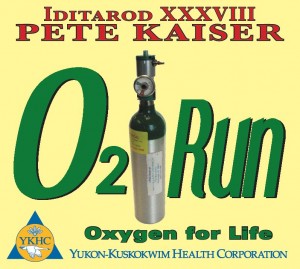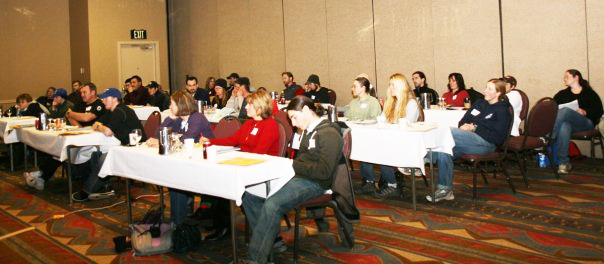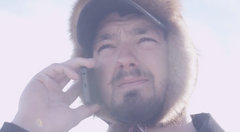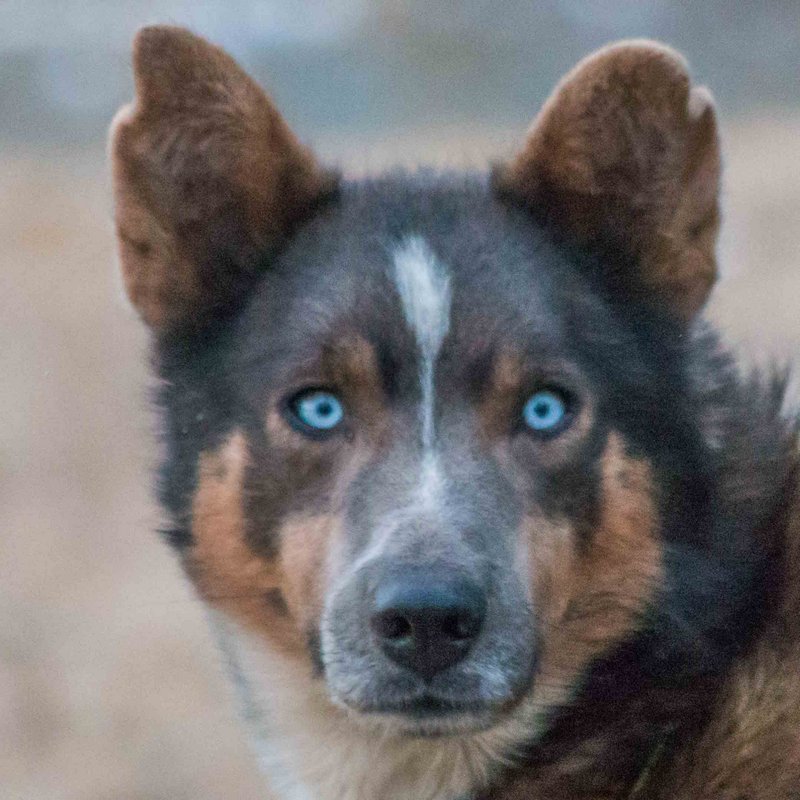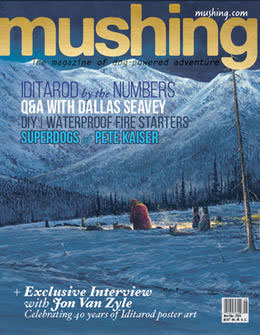
Pete Kaiser, Racing for Oxygen
FOR IMMEDIATE RELEASE Contact: Donna Bach, PR Director
March 4, 2010 (907) 543-6037 direct
(907) 543-6007 fax
The Yukon Kuskokwim Health Corporation in partnership Norton Sound Health Corporation and
numerous rural health care providers throughout rural Alaska are hoping to send a message to the federal
Department of Transportation by campaigning for a ”Race for Oxygen” and sponsoring Pete Kaiser, 22, a
longtime Bethel musher in an awareness campaign in his premier bid in the 2010 Iditarod sled dog race.
Restrictive federal Department of Transportation regulations, first proposed in 2004 by the Pipeline and
Hazardous Materials Safety Administration– a division of the Department of Transportation came about in
relation to a ValuJet flight 592, that crashed in Florida in 1996. Improperly stored oxygen concentrators
burst into flames in a cargo compartment and resulted in the death of all 110 passengers aboard; prompting
nation-wide use of rigid packaging for oxygen and other hazardous materials in flight for precautionary
safety purposes.
The aviation industry in Alaska and health care providers argue that the requirement will cause
unintentional consequences and possible deaths and will lead to a depleted availability of the life-saving
transportable oxygen often used by patients with chronic bronchial and lung infections, asthma or other
breathing related illnesses.
“Air transportation is the most dependable method for getting our rural patients to higher levels of care
when there are acute or urgent health concerns that need to be addressed immediately,” said Dr. Ellen
Hodges, Chief of Medical Staff for YKHC. “If Alaska is unable to obtain a permanent exemption from this
regulation, specific to patient care– we may encounter consequences in our health outcomes.”
Considered the “Last Great Race on Earth,” the inspiration behind the Iditarod trail race began in 1925 for a
health related cause. A relay of dog teams and mushers were organized to provide the life-saving
diphtheria serum to treat many of the Inuit residents stricken with the pandemic because blizzard conditions
prevented airplanes from landing in the Bering Strait community of Nome. The Iditarod Trail became a
life saving highway for many in Nome who may have died without the life-saving serum.
“This is another example where federal regulations that may work or be applicable in the lower 48 states
due to their extensive road system network will not work in a state that is 1/3rd the size of the continental
U.S. and lacks basic road infrastructure,” said YKHC CEO and President Gene Peltola.
“We want to support Pete Kaiser’s efforts in his premier Iditarod trail run to simulate that of the Serum Run
in highlighting how difficult the transport of oxygen can be for many of our rural patients. This is a life and
death situation for many patients, and harmful to several industries throughout Alaska,” Peltola stated.
Pete Kaiser, 22, a Bethel born Alaska Native and champion sled dog musher stated “I feel honored to
support a cause that may have an unintentional impact in the health outcomes of people in our region and
throughout most of rural Alaska. Our state is large, our region is unique, and our health challenges are
staggering. I will do my best to not only finish this race but to assist in bringing this topic to the forefront
and echo the sentiments that health challenges still exist in the Last Frontier.” He also stated, “I know it’s
not a diphtheria serum, but in a sense, it’s very similar and a worthwhile cause,” he said with a smile.
For more information about YKHC, visit www.ykhc.org
For more information about Pete Kaiser, visit the following website at: www.kaiserracing.com
###




